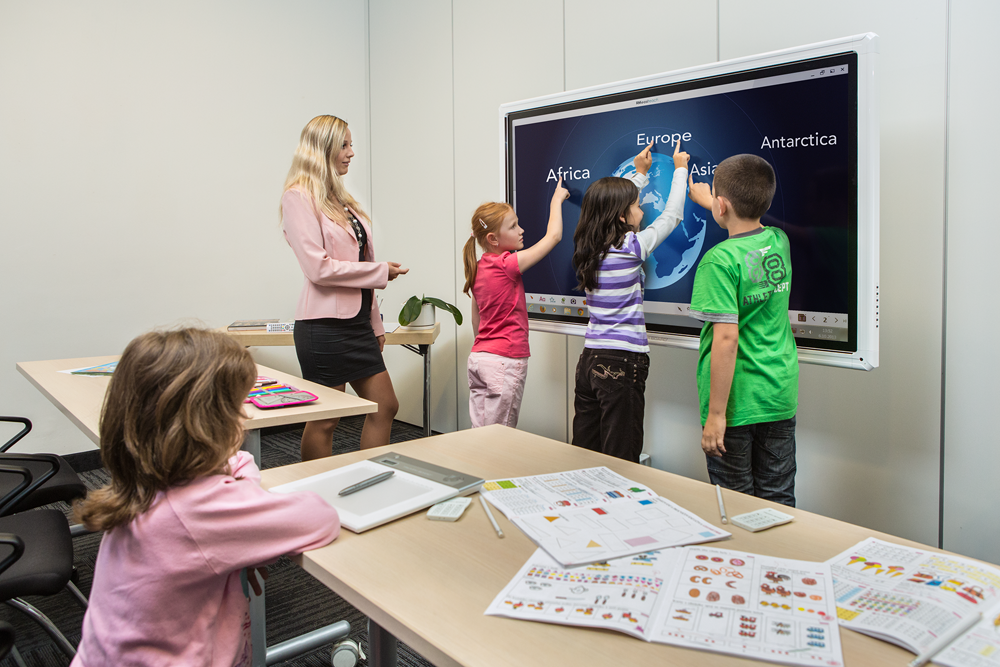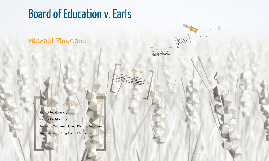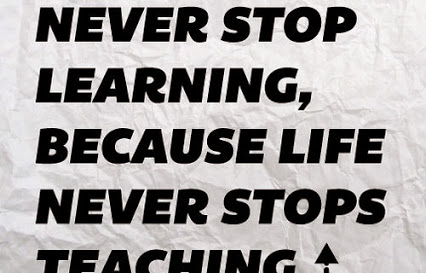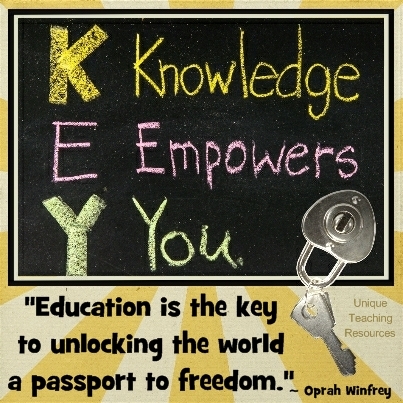
Learning and education are dynamic fields that deal with diversity based on several variables. One of the earliest challenges of formal education was lumping children of different needs, skills, proficiency, and abilities together in hope that everyone will catch up at some time. Unfortunately, some students did not quite meet the expectations or academic landmarks of their peers, not because they were dull, but because the right kind of educational approach was not offered to them.
Thankfully, as science and technology continued to identify areas that require improvements, the place of audiovisual channels in delivering education to a wider audience became established, so much so that audiovisuals have now become integral to academics, researches, scientific projects, military simulation, construction projects, and simulations, etc.
Audiovisual Education
Audiovisual means the use of electronic media that involves a combination of visual and sound components. Many instructors have found that employing the audiovisual option of teaching makes their classes more interactive, effective, and more student-centered. Little wonder that it has become widely accepted across the world from its humble beginnings in the seventeenth century. The use of audiovisual products for educational purposes has also been seen to improve the comprehension and retention of learners, and have become a favorite instructional option across the world with an abundance of YouTube videos, educational DVDs, PowerPoint presentations, and many more. This has opened up a value chain for companies to produce these resources, with companies such as SF Anytime, Disney, and many others providing resources that span from early childhood education to professional productions. Depending on the level of education, there have even been instances where learners have been asked to come up with their audiovisual learning aids as part of their coursework or assignments, and there is no gainsaying the fact that whatever information and/or techniques they learn in the course of the project will stay with them for a long time.
Audiovisual Entertainment
Instructors and professionals in the childhood development and care industry will tell you that “we learn best when we play”. Cast your mind back to the most distant information you can imagine, and you might find out that it holds a memory of a playful learning session. This is why nursery rhymes are so powerful – they embed information that might last us throughout life into songs and dance routines. Audiovisual entertainment like movies, cartoons, games, and arts not only help individuals to develop different skills such as motor skills, hand-eye coordination, logical thinking, problem-solving, attention to detail, and analytic skills, among several others. What’s more, through audiovisual entertainment, basic messages such as kindness, loyalty, love, friendliness, rules of etiquette, and many others are taught to children (and adults) informally.
Another example of the power of audiovisuals is an advertisement, where companies display different images that indicate the potentials of their products. For example, companies that offer hormones and supplements such as suomiarvostelut might find that they communicate best with their target audience through the use of audiovisual marketing tools and strategies. …
 Small companies have on a regular basis carried out a major operate in financial progress because they’re recognized for creating more jobs than their larger counterparts as SBA reviews. This is required by a regulation that I beneficial and that was handed by the State Board of Schooling, in order that these groups of scholars are our first precedence within the recovery plan for Maryland education. With our distance learning that we now have executed, she has gone out of her approach to preserve connections with college students and ensure the scholars have connections with their classmates.
Small companies have on a regular basis carried out a major operate in financial progress because they’re recognized for creating more jobs than their larger counterparts as SBA reviews. This is required by a regulation that I beneficial and that was handed by the State Board of Schooling, in order that these groups of scholars are our first precedence within the recovery plan for Maryland education. With our distance learning that we now have executed, she has gone out of her approach to preserve connections with college students and ensure the scholars have connections with their classmates. A free, subscription-solely monthly magazine that includes the newest edtech news, opinion, and event info from throughout your complete schooling sector, together with major and secondary faculties, further education and higher education. The identical requirements that regulate the teaching of 6-year-olds in colleges also are legitimate in daycare facilities for 6-year-olds, and enrolling is dad and mom’ alternative, often relying on their employment. Companies and Data for Faculties, ETBs, Further Training & Training Providers and Third Level Institutions.
A free, subscription-solely monthly magazine that includes the newest edtech news, opinion, and event info from throughout your complete schooling sector, together with major and secondary faculties, further education and higher education. The identical requirements that regulate the teaching of 6-year-olds in colleges also are legitimate in daycare facilities for 6-year-olds, and enrolling is dad and mom’ alternative, often relying on their employment. Companies and Data for Faculties, ETBs, Further Training & Training Providers and Third Level Institutions. American Presidents have lengthy been held in high regard for the affect — whether or not real or imagined — that they’ve brought to the nation all through its 237-yr historical past. The duties of a trainer are neither few nor small, however they elevate the mind and provides power to the character. Still, there are many distinctive teachers who wholeheartedly have the best curiosity of their pupils and college students in mind. A teacher’s function is not to create college students in his personal picture, but to develop college students who can create their very own picture.
American Presidents have lengthy been held in high regard for the affect — whether or not real or imagined — that they’ve brought to the nation all through its 237-yr historical past. The duties of a trainer are neither few nor small, however they elevate the mind and provides power to the character. Still, there are many distinctive teachers who wholeheartedly have the best curiosity of their pupils and college students in mind. A teacher’s function is not to create college students in his personal picture, but to develop college students who can create their very own picture. Go to the iPoint to entry quite a lot of services and assist for school children. Entrepreneur Gurcharan Das noted that fifty four% of city children attend private colleges, and this price is rising at three% per yr. The Media Experience programme has full accreditation by Inventive Skillset, giving enterprise and tutorial recognition to the programme and its contribution to the sector.
Go to the iPoint to entry quite a lot of services and assist for school children. Entrepreneur Gurcharan Das noted that fifty four% of city children attend private colleges, and this price is rising at three% per yr. The Media Experience programme has full accreditation by Inventive Skillset, giving enterprise and tutorial recognition to the programme and its contribution to the sector.

 Over the previous couple of months, CDE has been dedicated to offering timely response to the coronavirus pandemic as our colleges and staff bravely navigated this rapidly evolving scenario. The North Dakota Department of Public Instruction is in search of functions from organizations fascinated with working North Dakota’s Summer season Meals Service Program. Two are stepping as much as accept new assignments within the district as the school system prepares for challenges we face in the wake of the COVID-19 pandemic and the devastating tornado that impacted the jap part of our county.
Over the previous couple of months, CDE has been dedicated to offering timely response to the coronavirus pandemic as our colleges and staff bravely navigated this rapidly evolving scenario. The North Dakota Department of Public Instruction is in search of functions from organizations fascinated with working North Dakota’s Summer season Meals Service Program. Two are stepping as much as accept new assignments within the district as the school system prepares for challenges we face in the wake of the COVID-19 pandemic and the devastating tornado that impacted the jap part of our county..jpg) However there are additionally simple methods for small companies to boost their search rankings, talked about Britney Muller, SEARCH ENGINE ADVERTISING and content material material materials architect at Moz , which supplies SEARCH ENGINE ADVERTISING software program program and property. 14. Lecturers’ unions and politics: Our public faculties have grown up in a contest-free zone, surrounded by a really excessive union wall. The ancient Chinese language philosopher and instructor impressed the philosophy now known as Confucianism, which emphasizes morality, justice, sincerity, and correctness of social relationships.
However there are additionally simple methods for small companies to boost their search rankings, talked about Britney Muller, SEARCH ENGINE ADVERTISING and content material material materials architect at Moz , which supplies SEARCH ENGINE ADVERTISING software program program and property. 14. Lecturers’ unions and politics: Our public faculties have grown up in a contest-free zone, surrounded by a really excessive union wall. The ancient Chinese language philosopher and instructor impressed the philosophy now known as Confucianism, which emphasizes morality, justice, sincerity, and correctness of social relationships. Lecturers open the door, but it’s essential to enter by yourself. A teacher ignites the fire that fuels a scholar’s thirst for knowledge, curiosity and wisdom. The aim of education should be to show us moderately learn how to think, than what to think quite to enhance our minds, in order to allow us to suppose for ourselves, than to load the memory with thoughts of other men.
Lecturers open the door, but it’s essential to enter by yourself. A teacher ignites the fire that fuels a scholar’s thirst for knowledge, curiosity and wisdom. The aim of education should be to show us moderately learn how to think, than what to think quite to enhance our minds, in order to allow us to suppose for ourselves, than to load the memory with thoughts of other men. PRIME Networking stands for Expert Inter-college Administration for Instructional Networking”. Digital media of huge diffusion contains emails, digital audio and video recordings, ebooks, blogs, instantaneous messaging, and additional lately social media. Licensed architects must earn persevering with schooling credits to keep up licensure and fulfill AIA membership requirements.
PRIME Networking stands for Expert Inter-college Administration for Instructional Networking”. Digital media of huge diffusion contains emails, digital audio and video recordings, ebooks, blogs, instantaneous messaging, and additional lately social media. Licensed architects must earn persevering with schooling credits to keep up licensure and fulfill AIA membership requirements.